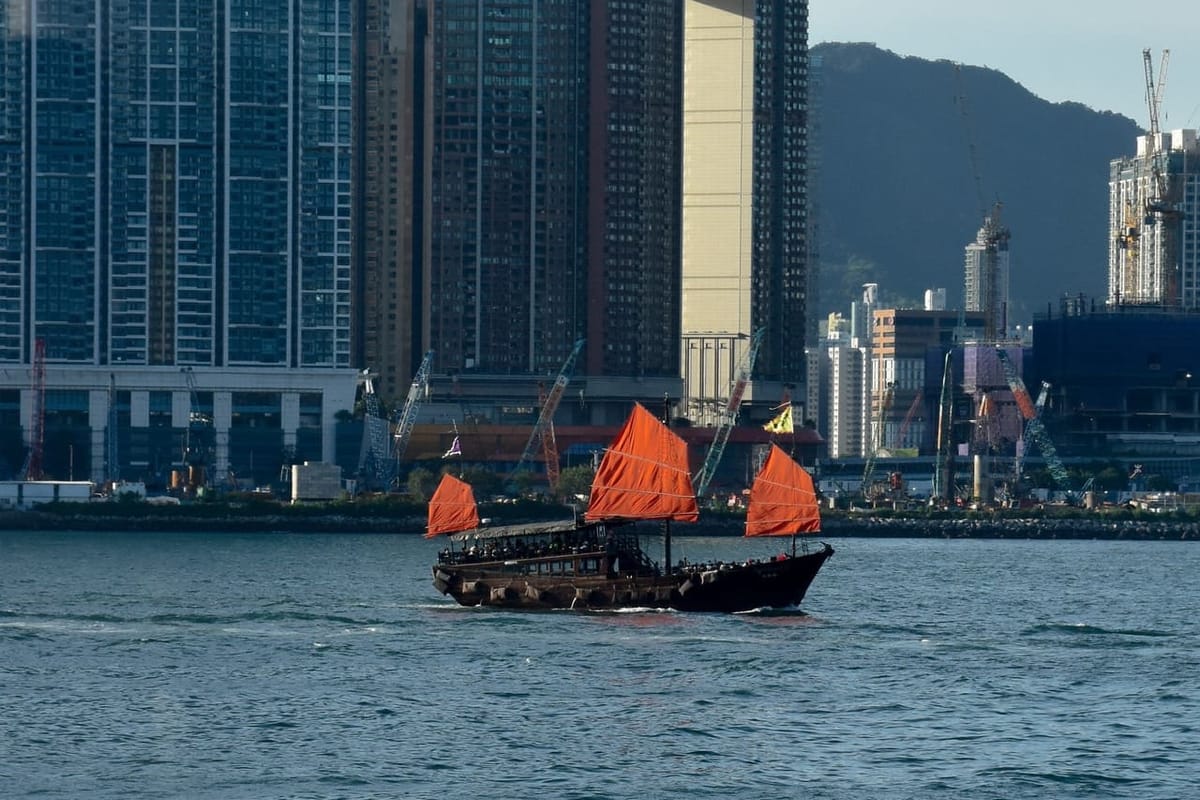What's the most preferred way when it comes to understanding a place and its culture? With social media and easy travel, many people get their first look at a place or culture through pictures of tourist spots. Photos offer realistic views of their subjects and are widely shared on social media, while traveling is the most favored method to experience a location, when combined together, these visual contents influence the first impressions greatly.
The irony of travel and photography
When understanding a place or culture, popular sights first come to our mind. Different sights across the world are shared on social media, attracting viewers to visit and take photos of them. Social media makes people want to share and find beautiful places. As a result, they focus more on capturing what they expect to see rather than what is actually there. This is nothing new and totally normal, so what’s the problem?
Many people want to visit popular instagrammable spots and share photos on social media. This can support cultural stereotypes about a place. Because of this, travel can feel surface-level, and tourists might not really understand the culture. Photography aims to capture the true essence of a place, but it can end up being cliché. It's ironic that our expectations often shape how we see a culture. This creates a cycle where everything feels the same. What helps us learn about a place may become a barrier, even when the internet gives us a lot of information for planning trips.
Street photography’s opportunity with social media
So how can we tackle this in the age of social media and photographs being easily consumed and produced? A mindset of practicing street photography could offer a solution, along with a change of expectation on travelling. Street photography is mainly about capturing people and objects in public space in an unstaged way. The photographer goes to different and lesser-known paths to observe or just feel a place. It is the antithesis of ‘doing it for the gram’. Its essence is similar to flâneur, a person who wanders in the city to observe the surroundings and contemporary life. It offers more flexible ways to interpret a place and define what it means to the traveller from a personal, societal and cultural aspect. Disclaimer: There is nothing wrong with taking photos of popular landmarks; they are iconic cultural representations for reasons like visual appeal and historical value. Moreover, travel photography has great worth by highlighting the best parts of a location for a global audience. Sometimes, this genre also merges with street photography. It is about utilizing the latter mindset to take one step further to understand a culture. Combined with the double-edged sword, i.e. social media, there can be more ways to understand a place. People nowadays are open to more ways to experience a place at a slower pace and share it as detailed guides on social media, encouraging people to get out of their comfort zone. For example, in China, the activity is called ‘citywalk’. Its rising popularity and the steady growth of the street photography niche can let people understand different facets of a place.
There's no single 'correct' way to understand a culture, and it's perfectly okay to visit a destination for its 'stereotypical' attractions. These sights often serve as a starting point that encourages people to explore the world further. We just need to reflect if what we see at the face value is all it gets, and be open-minded towards travel and culture. With easy access to cameras and the rise of slow travel and street photography, we can better appreciate a place. This can spark cultural discussions and challenge the social media algorithms that shape the content we see.
(Originally named as 'The opportunity of street photography in the age of social media and travel' and published in early 2024, this article has been updated for readability.)

